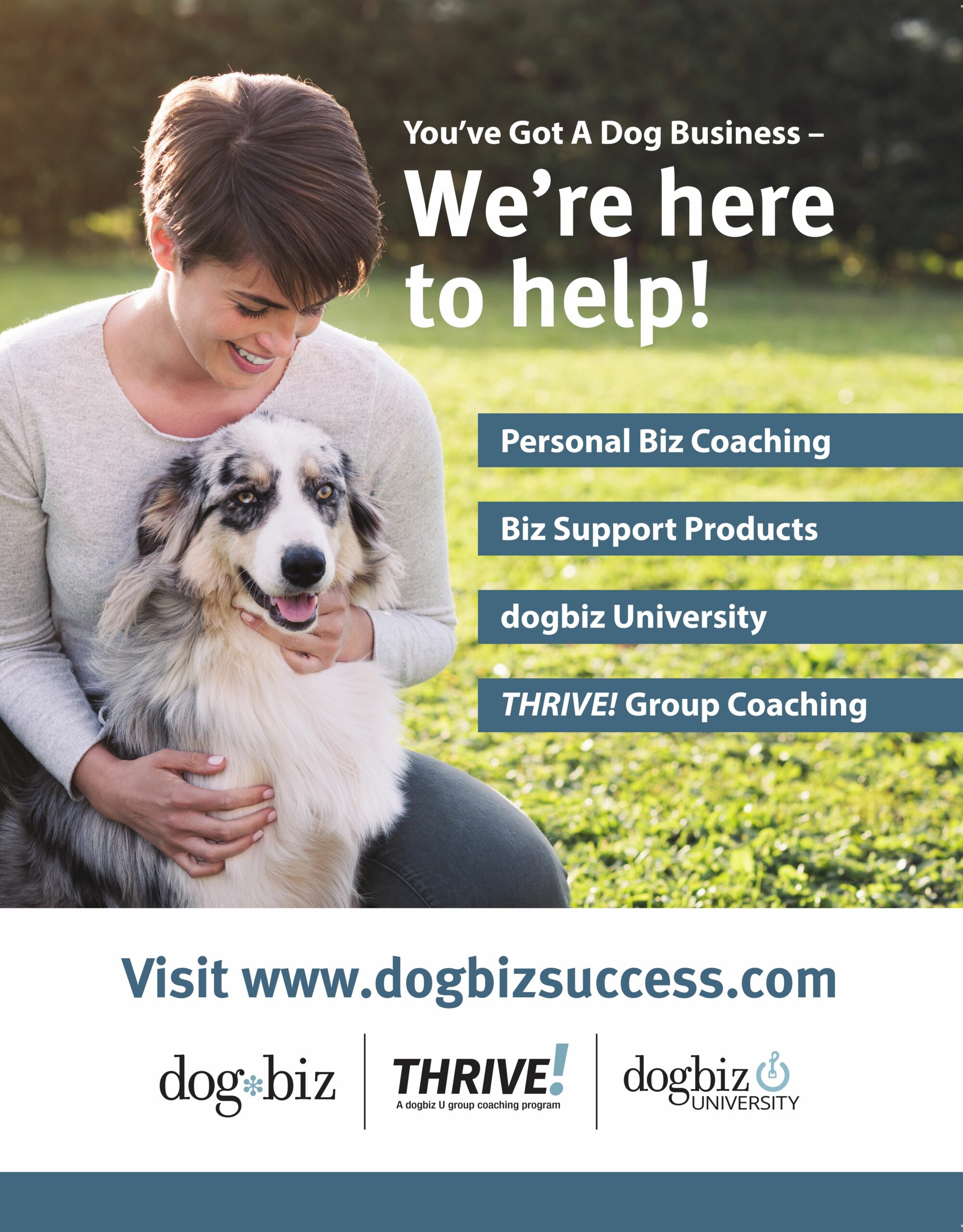Author: Sally Marchant
Puppy Biting: Learning the Rules
Anyone who has a puppy will know that they have needle sharp teeth. The current thinking is that this serves a useful purpose. If they hurt their litter mates when play biting them, (which most puppies do most of the time!) the other pups will squeal and not want to play and so each pup quickly learns how hard they can get away with biting. It is important that pups learn rules about biting us too. We can teach them that ‘those humans are sensitive creatures’ and that, although we… Continued
Introducing a Puppy or Adult Dog to a Crate
If trained properly, dogs do not see crates as ‘cages’, more as their bed, a safe place where they can go for some peace and quiet. Crate training is useful to owners as it prevents chewing, discourages toileting (most dogs will not soil their bed) and is a useful way to transport dogs during travelling. Even if you don’t plan to crate your dog, they will be in a ‘cage’ if they spend time at the vets so it’s very useful to train them to be happy in this environment.… Continued
An Introduction to Clicker Training
Clicker training is a way of training that has become increasingly popular due to its simplicity, effectiveness and gentle approach. The idea behind it Animals will naturally repeat a behaviour that has good results, and not repeat a behaviour that does not have good results. Trainers can use this, by rewarding a behaviour they want the dog to repeat. The difficulty is in rewarding at exactly the right time. This is where the clicker comes in. What is the clicker? A clicker is something that the animal wouldn’t normally react… Continued
A Puppy Owner’s Short Guide to Chewing
Chewing is natural, it helps to clean teeth and relieve stress. Puppies need to chew, but they also need to learn what to chew. Safe chew toys: Kongs, chew toys designed for dogs Not safe chew toys: Furniture, small children’s toys, cables Safe chew toys can be made more interesting by stuffing them with food – dog meat, biscuits, cheese, hotdogs etc. Make sure that whenever you leave your dog he has access to a few safe and interesting chew toys. When your dog starts chewing something he shouldn’t – don’t… Continued
Teaching Your Dog to Be Alone
Dogs are naturally social, enjoying the company of other dogs and people. As a result, when you leave them, they may panic that they are alone, or they can simply get bored. Even if you are there all the time, teaching your dog to accept being by himself can be very useful. Start with putting a baby gate across a doorway and leave your dog one side while you are the other. This way he can see you but can’t get to you. Give him his dinner/a Kong or chew toys etc.… Continued

